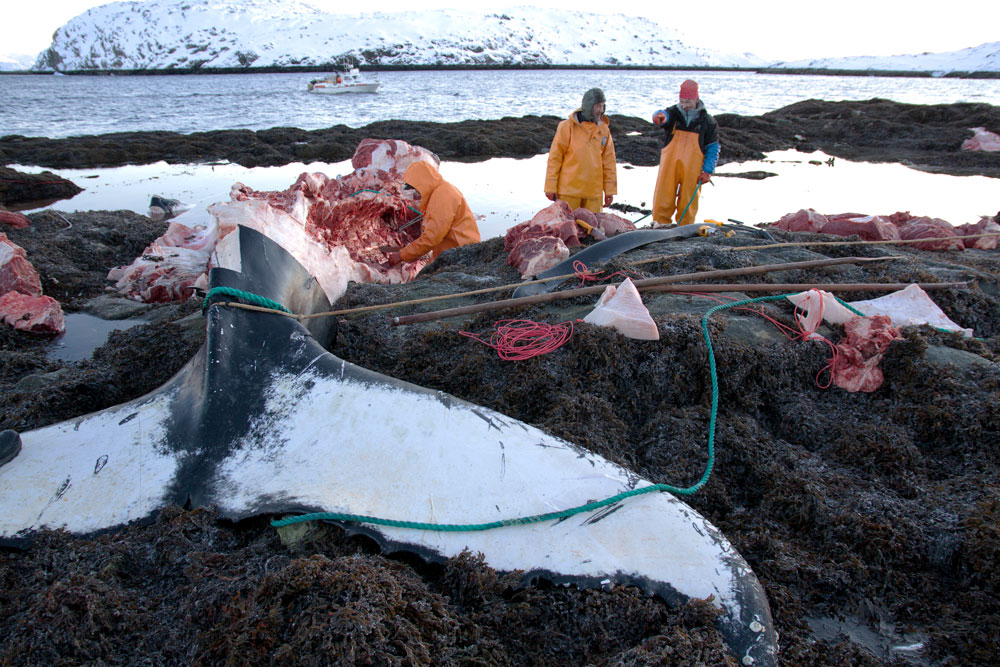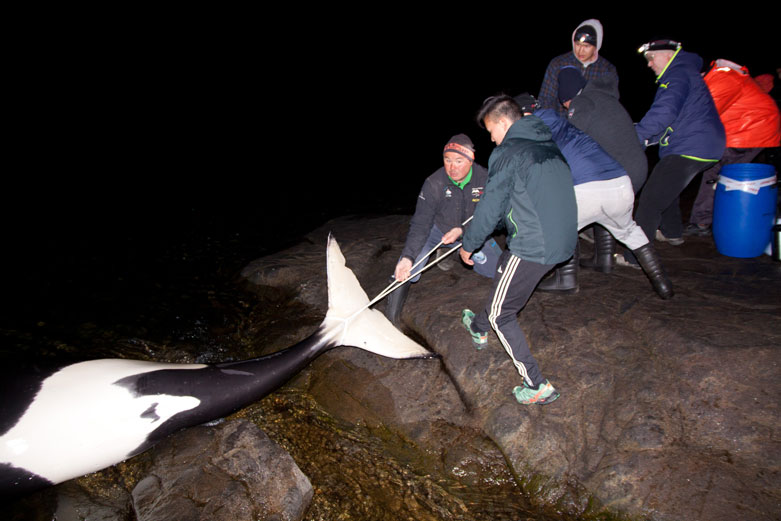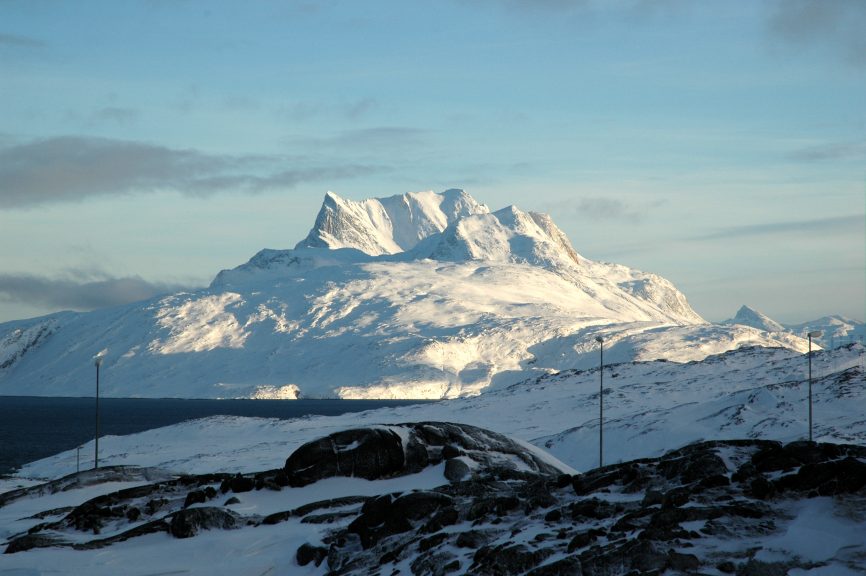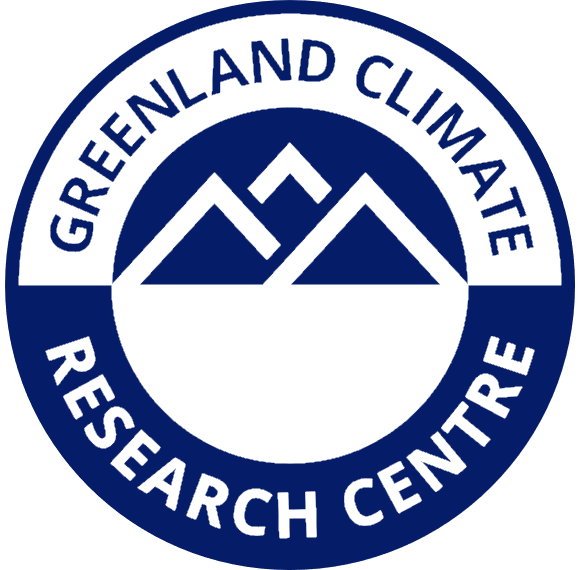Contaminants in cetaceans in relation to human consumption

Flensing of a humpback whale outside Nuuk, West Greenland. The hunters support the research on the animals by supplying samples of their catch
Marine mammal meat and blubber are important sources of food for people in Greenland and include everything from polar bears, walruses and various seal species to both baleen and toothed whales. Ringed seals, minke whales, narwhals and belugas are among the main animals used for human consumption. However, in East Greenland the hunting of white-beaked dolphins (Lagenorhynchus albirostris) and long-finned pilot whales (Globicephala melas) has increased in recent years and killer whales (Orcinus orca) have become an additional target. Knowledge of contaminant burden in these species is scarce and this makes it crucial to study these animals and their impact on human consumption.

All the small parts, like otoliths and beaks of squids, are being examined from the stomach of a white beaked dolphin
The stomach content from a humpback whale is being investigatedHunters have provided the Greenland Climate Research Centre with samples from the hunts of white-beaked dolphins, long-finned pilot whales, killer whales, minke whales and humpback whales to study stomach content and environmental contaminant concentrations. Knowledge of cetacean diet is important when studying ecosystems and it helps to identify the source of contaminant burdens. Diet is studied via several methods: macroscopically, through DNA analysis, and analysis of stable isotopes and fatty acids. In addition, heavy metals and selenium are analyzed in muscle tissue along with persistent organic pollutants such as PCBs, DDT, dioxins and PBDEs in blubber. In addition to determining the suitability of the meat and blubber of these species for human consumption, the aim is to gain knowledge of the role of these marine mammals in the arctic marine food web.

A killer whale shot by hunters is being pulled on shore for flensing and samples of e.g. meat, blubber, internal organs and eyes are provided to the Greenland Climate Research Centre
New contaminants of concern
When anthropogenic chemicals become banned due to their toxicity, they are often replaced by new, similar ones. In connection with the diet and contaminants project, we have started up an additional project focusing on new emerging polybrominated biphenyls (PBDEs) in marine mammals (seals and cetaceans) from Greenland, the US East coast, Iceland and Sweden. Research focuses on time trends of PBDEs (in samples from US and Sweden) as well as regional and species variation of PBDEs.


